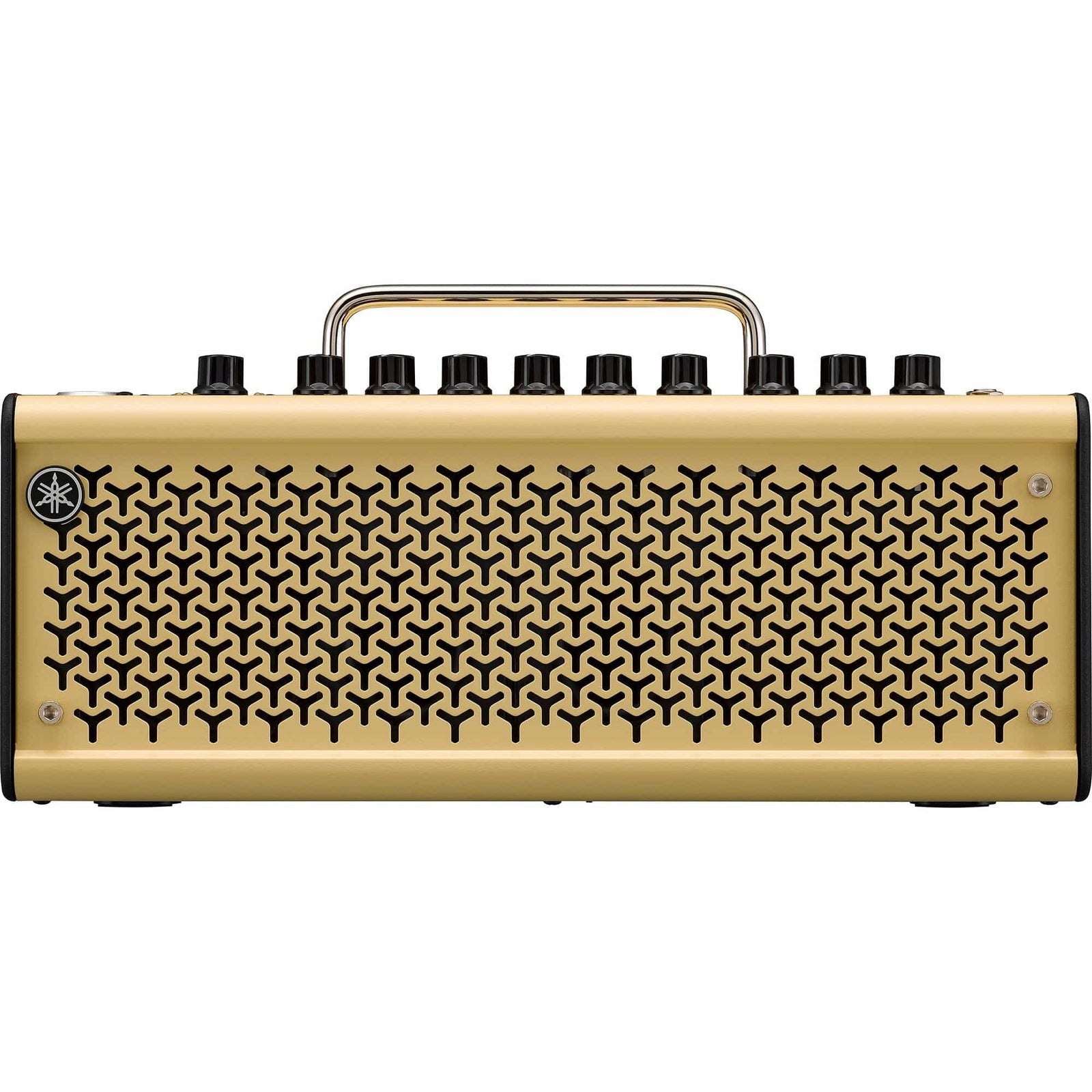Switching to lighter strings or moving from an acoustic to an electric guitar can be an exciting change in your playing journey. However, it often comes with unexpected challenges. One of the most common issues is a perceived problem with your guitar’s intonation. If your notes sound sharp or chords feel out of tune, the issue might not be with your guitar—it could be your grip.
The Impact of a Tight Grip
Acoustic guitars with heavier-gauge strings demand more pressure to fret notes cleanly. Over time, your hand develops the habit of squeezing harder to achieve the desired tone. But when you switch to lighter strings or an electric guitar, that habit can backfire. Excessive pressure can raise the pitch of notes, while unintentional bending of strings—pushing them up or down—throws chords and single notes out of tune.
This bending is particularly common with lighter strings, as they’re more flexible and respond to even slight movements. If your finger pressure isn't coming straight down on the frets, you may bend the strings without realizing it, causing them to sound sharp.
Frets Matter: Why Taller Frets Exacerbate the Problem
The height of your guitar’s frets plays a significant role in how much your grip impacts the pitch. Taller frets create more space between the string and the fretboard, which means that pressing too hard pushes the string further down toward the fretboard, increasing tension and raising the pitch. This makes over-squeezing even more noticeable and can lead to significant intonation issues.
With taller frets, it’s even easier to bend the string unintentionally because the additional height allows for more movement in any direction—up, down, or even slightly diagonal.
How to Adapt and Improve
If you’re running into these issues, here are some practical tips to refine your technique:
-
Lighten Up Your Touch
Practice applying only the amount of pressure needed to fret notes cleanly. Excessive pressure doesn’t improve tone—it distorts it. -
Focus on Finger Placement
Position your fingers behind the frets, coming straight down on the strings. Avoid any lateral movement that could bend the strings. -
Practice Awareness on Taller Frets
If your guitar has taller frets, spend extra time developing a lighter touch and being mindful of unintentional string movement. -
Monitor Your Thumb
Keep your thumb relaxed and avoid clamping it too tightly against the neck. A relaxed thumb helps reduce overall hand tension. -
Use a Tuner as a Guide
Play scales or simple chords while watching a tuner. If the pitch rises when you press a note, adjust your grip until it’s accurate. -
Slow and Steady
Play slowly and deliberately, focusing on precision and control. Over time, you’ll build muscle memory for a lighter grip.
Mastering the Transition
Switching to lighter strings or adapting to a guitar with taller frets requires an adjustment period, but it’s worth the effort. These changes can open up new possibilities in your playing, from easier bends to faster runs, but they also demand precision. By refining your technique, you’ll unlock the full potential of your instrument and enjoy a more fluid playing experience.
So, the next time your guitar feels out of tune after a string change or setup, take a moment to evaluate your grip. Sometimes, the solution isn’t about adjusting the guitar—it’s about adjusting your approach.




